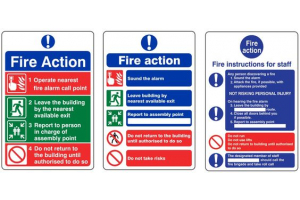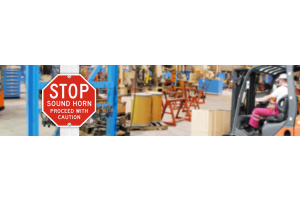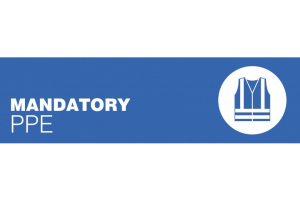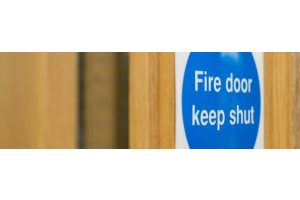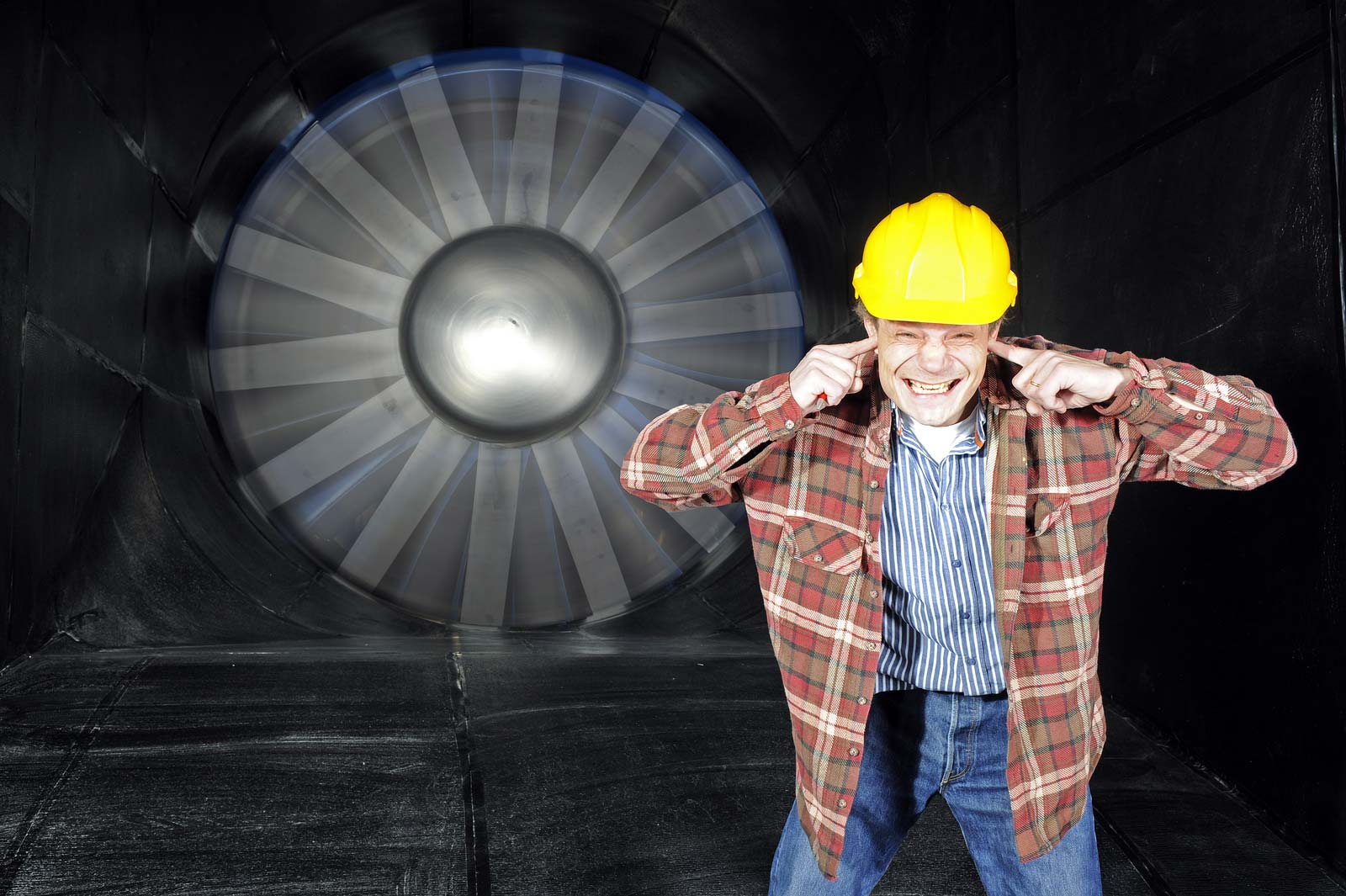
What harm can noise cause?
Noise at work can cause hearing damage that is permanent and disabling. This can be hearing loss that is gradual because of exposure to noise over time, but also damage caused by sudden, extremely loud noises. The damage is disabling as it can stop people being able to understand speech, keep up with conversations or use the telephone. Hearing loss is not the only problem. People may develop tinnitus (ringing, whistling, buzzing or humming in the ears), a distressing condition which can lead to disturbed sleep. Safety issues: Noise at work can interfere with communications and make warnings harder to hear. It can also reduce people’s awareness of their surroundings. These issues can lead to safety risks – putting people at risk of injury or death.
The Control of Noise at Work Regulations 2005 (the ‘Noise Regulations’) require you to eliminate or reduce risks to health and safety from noise at work. Depending on the level of risk, you should: take action to reduce the noise exposure; and also provide your employees with personal hearing protection. Other duties under the Regulations include the need to: make sure the legal limits on noise exposure are not exceeded; maintain and ensure the use of equipment you provide to control noise risks; provide your employees with information, instruction and training; and carry out health surveillance (monitor workers’ hearing ability). The Regulations apply where work activities expose people at work (your employees or other workers affected by your work activities) to risks to their health and safety from noise. The Regulations do not apply where people who are not at work are exposed to risks to their health and safety from noise related to work activities; however, the general duties of section 3 of the Health and Safety at Work etc Act 1974 may apply in such cases.
Do I have a noise problem in my workplace?
You will probably need to do something about the noise if any of the following apply: the noise is intrusive – for example, as noisy as a busy road, a vacuum cleaner or a crowded restaurant – or worse than intrusive, for most of the working day; your employees have to raise their voices to carry out a normal conversation when about 2 m apart for at least part of the day; your employees use noisy powered tools or machinery for more than half an hour each day; your sector is one known to have noisy tasks, eg construction, demolition or road repair; woodworking; plastics processing; engineering; textile manufacture; general fabrication; forging or stamping; paper or board making; canning or bottling; foundries; waste and recycling; there are noises due to impacts (such as hammering, drop forging, pneumatic impact tools etc), explosive sources such as cartridge-operated tools or detonators, or guns.Situations where you will need to consider safety issues in relation to noise include where: you use warning sounds to avoid or alert to dangerous situations; working practices rely on verbal communications there is work around mobile machinery or traffic.
If any of the statements in the previous section apply, it is likely you will need to take some further action. You should carry out a risk assessment to decide what action is needed, and develop a plan. A risk assessment means more than just taking measurements of noise measurements may not even be necessary. Your risk assessment should: identify where there may be a risk from noise and who is likely to be affected, include: risks to health; and risks to safety; contain an estimate of your employees’ exposures to noise (see ‘Noise exposure levels’); identify what you need to do to comply with the law, eg whether noise-control measures and/or personal hearing protection are needed, or whether working practices are safe; and identify any employees who need to be provided with health surveillance and whether any are at particular risk.
You must record the findings of your risk assessment. You must also record the action you have taken, or intend to take, to comply with the law. You should review your risk assessment if circumstances change or if it is no longer valid, for example if the work changes and this affects workers’ noise exposure, or there are changes to the availability, applicability or cost of noise-control measures. You should not leave it for more than about two years without checking whether a review is needed.
Wherever there is noise at work you should be looking for alternative processes, equipment and/or working methods which would make the work quieter or mean people are exposed for shorter times. You should also keep up with what is good practice or the standard for noise-control within your industry, eg through your trade association, or machinery or equipment suppliers. Where your employees are likely to be exposed at or above the upper exposure action values, you must take action to reduce noise exposure with a planned programme of noise control. Even where noise exposures are below upper exposure action values, you should take action to reduce the risks, eg reducing exposure further.
Any action you take should be ‘reasonably practicable’ – in proportion to the level of risk. If exposure is below lower action values, the risk is low and it is likely no action is required – but if there are simple, inexpensive practical steps that would reduce risks further, you should consider implementing them.
How can I control noise?
There are many ways of reducing noise and noise exposure. It is within the capabilities of nearly all businesses to decide on practical, cost-effective actions to control noise risks, if necessary by looking at the advice available (eg the HSE website). First think about how to remove the source of noise altogether – for example, housing a noisy machine where it cannot be heard by workers. If that is not possible, investigate: using quieter equipment or different, quieter process; engineering/technical controls to reduce, at source, the noise produced by a machine or process; using screens, barriers, enclosures and absorbent materials to reduce the noise on its path to the people exposed; designing and laying out the workplace to create quiet workstations; improved working techniques to reduce noise levels; limiting the time people spend in noisy areas. Measures that give ongoing or medium- and long-term benefits, and would be expected to be part of your noise-control programme, are: a low-noise purchasing policy for machinery and equipment; proper and regular maintenance of machinery and equipment that takes account of noise.
Where your noise-control measures require actions from employees to be effective (eg making proper use of noise enclosures or following approved low-noise working methods), you should make sure employees do what is required. Make sure that employees have appropriate information, instruction and training, and ensure appropriate supervision. Employees have a duty to make use of any noise-control measures you provide.
